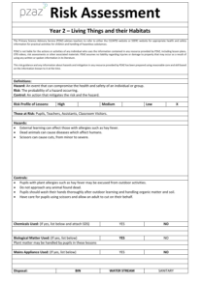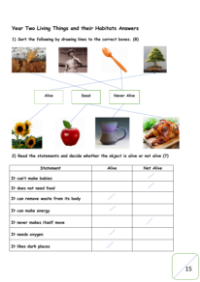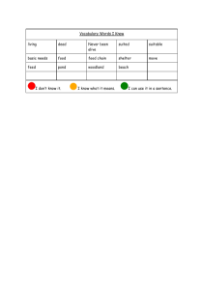Habitats - Keywords

Science Resource Description
The term 'living' refers to entities that are currently alive, possessing the ability to grow, reproduce, and respond to their environment. An example of this is the Amazon rainforest, which is often described as a living entity due to its vast and complex ecosystem. In contrast, 'dead' is used to describe organisms that have ceased to be alive, such as a fox that has been hit by a car. Objects or materials that have 'never been alive', like statues or rocks, are those that do not possess biological processes inherent in living organisms.
Within the natural world, a 'habitat' is the specific environment where a species lives and thrives, such as a jungle for sloths. This environment forms part of a 'food chain', a hierarchy of organisms each dependent on the lower levels for food, exemplified by the Bengal tiger's dominance in Indian jungles. Different types of habitats include 'grasslands', dominated by grasses; 'forests', which are densely packed with trees; 'ponds', small bodies of water; 'woodlands', areas with fewer trees than forests; 'deserts', known for their sparse rainfall and vegetation; and 'oceans', vast bodies of saltwater. 'Polar' regions refer to the extremely cold areas around the Earth's poles, while 'microhabitats' are small, distinct areas within larger habitats that offer unique living conditions. Other key processes associated with living organisms are 'excretion', the removal of waste; 'reproduction', the creation of offspring; and 'respiration', the production of energy necessary for life. Additionally, 'mountainous' regions are characterized by the presence of many mountains, and a 'river' is a natural watercourse flowing towards the sea.







